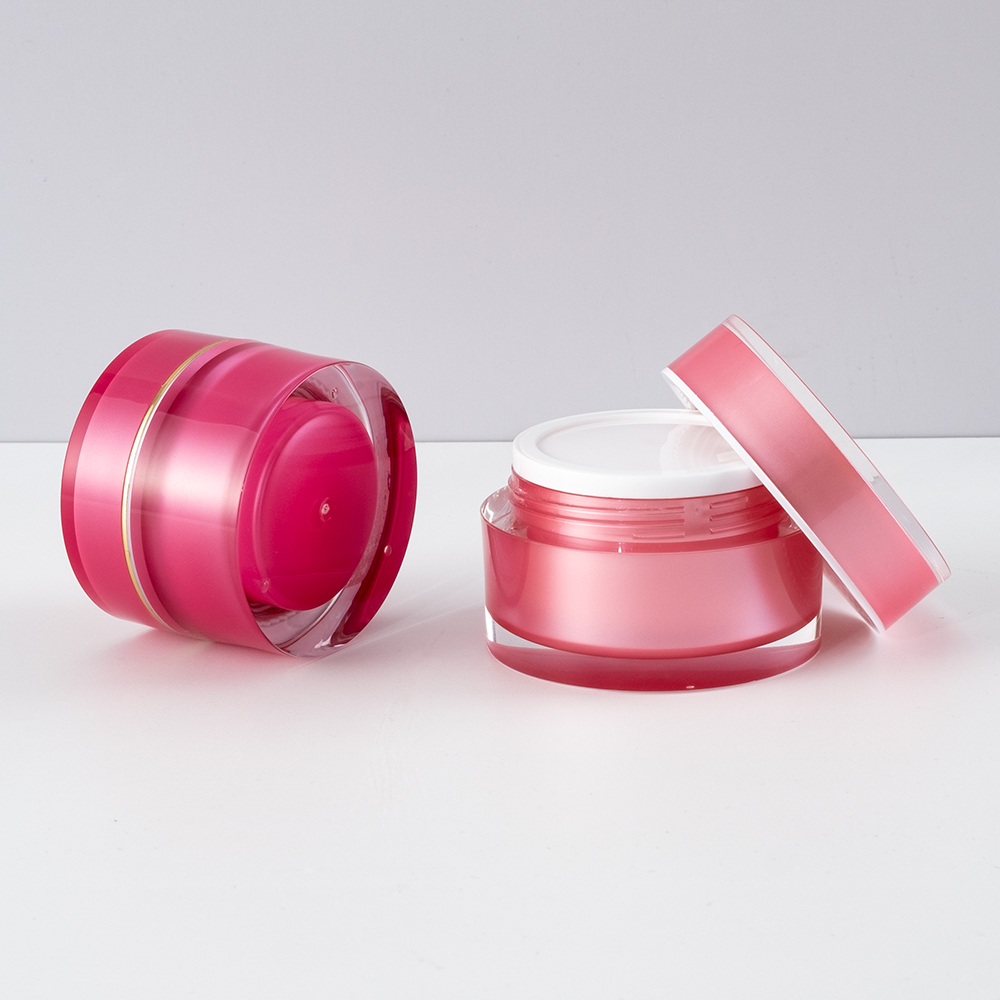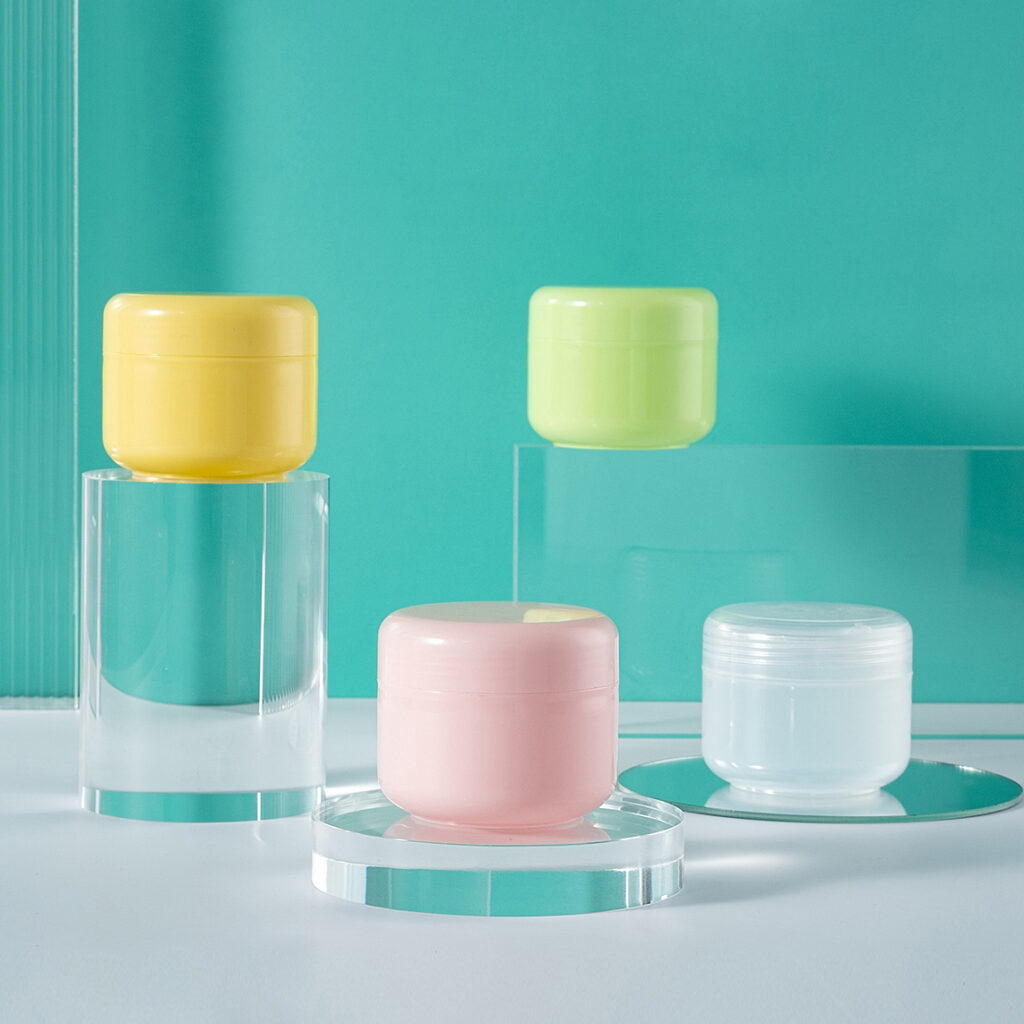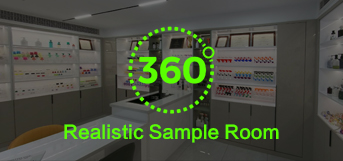The surface of cream jars can be upgraded and personalized in a variety of ways to increase their appearance, functionality, and market appeal. Here are some popular treatments and procedures used on the surface of cream jars:
Labeling: Adding labels to the surface of cream jars is a popular and cost-effective approach to add branding, product information, and ornamental elements. Labels can be constructed of paper, plastic, or other materials, and they can be printed in a variety of colors and designs.

Screen Printing: Screen printing is a process of transferring ink onto the surface of the cream jar using a fine mesh screen, resulting in a long-lasting and visually beautiful design. It’s frequently used for logos or complicated patterns.
Embossing/Debossing: These techniques involve creating raised (embossing) or recessed (debossing) designs on the surface of the cream jar. It adds a tactile element to the packaging and can make the branding or decorative elements stand out.
Hot Stamping: Hot stamping is a process where metallic foils are transferred onto the surface of the cream jar using heat and pressure. It creates a shiny and eye-catching effect, often used for adding gold or silver accents.
Frosting: Frosting or matte finishing gives the cream jar a frosted or satin-like appearance, providing a touch of elegance and a non-glossy surface.
Coloring: Cream jars can be manufactured in various colors, either by using colored plastics during injection molding or by applying color coatings after the jars are formed.

UV Coating: A UV coating can be applied to the surface of the cream jar to add a glossy and protective layer, enhancing the visual appeal and providing resistance to scratches.
Metallic Finishes: Cream jars can be coated with metallic finishes such as chrome, brushed metal, or metallic paints to achieve a luxurious and modern look.
Silkscreen Printing: Silkscreen printing involves transferring ink through a mesh screen to create intricate designs and patterns directly on the surface of the cream jar.
Holographic Effects: Holographic foils or coatings can be applied to create an eye-catching and dynamic appearance that changes with the angle of the light.
Cream jar surface treatments and finishes can be adjusted to the brand’s identity, target market, and the sort of cream or cosmetic product they will contain. Furthermore, as organizations strive to lessen their environmental impact, sustainable choices such as eco-friendly coatings or biodegradable materials are becoming increasingly popular.











